We were enjoying a quiet breakfast of an omelet and sopes on an outdoor patio, taking in the beautiful view of the central plaza. Like so many town squares in Mexico, it featured all the familiar elements: a park, a gazebo, a historic church, and the oversized colorful letters spelling out CUERNAVACA, a popular photo spot for visitors.
As we sipped our coffee and soaked in the atmosphere, we noticed a sudden shift in energy. Waitstaff began quickly clearing nearby tables, and others started hauling patio furniture inside.
“Excuse me,” a waiter interrupted politely. “I may need to move you inside.”
“Why?” we asked.
“There’s a manifestación starting soon, we need to clear the sidewalk.”
“What is manifestación?” I asked Victor as soon as the waiter walked away.
“In English, it would be a manifestation.” He said, without a hint of irony, while finishing his coffee.
What exactly would be manifested here? It was pointless to ask more questions, but I kept musing about it in my head, as we were rushing to finish our breakfast, until a sudden realization…
“It’s March 8th today,” I said, “International Women’s Day. Maybe a parade to commemorate the occasion?”
We agreed that this was the most likely scenario and decided to continue our day at the nearby Palacio de Cortés, the 16th-century palace built by Hernán Cortés during the conquest of Mexico, now serving as a museum for the state of Morelos.
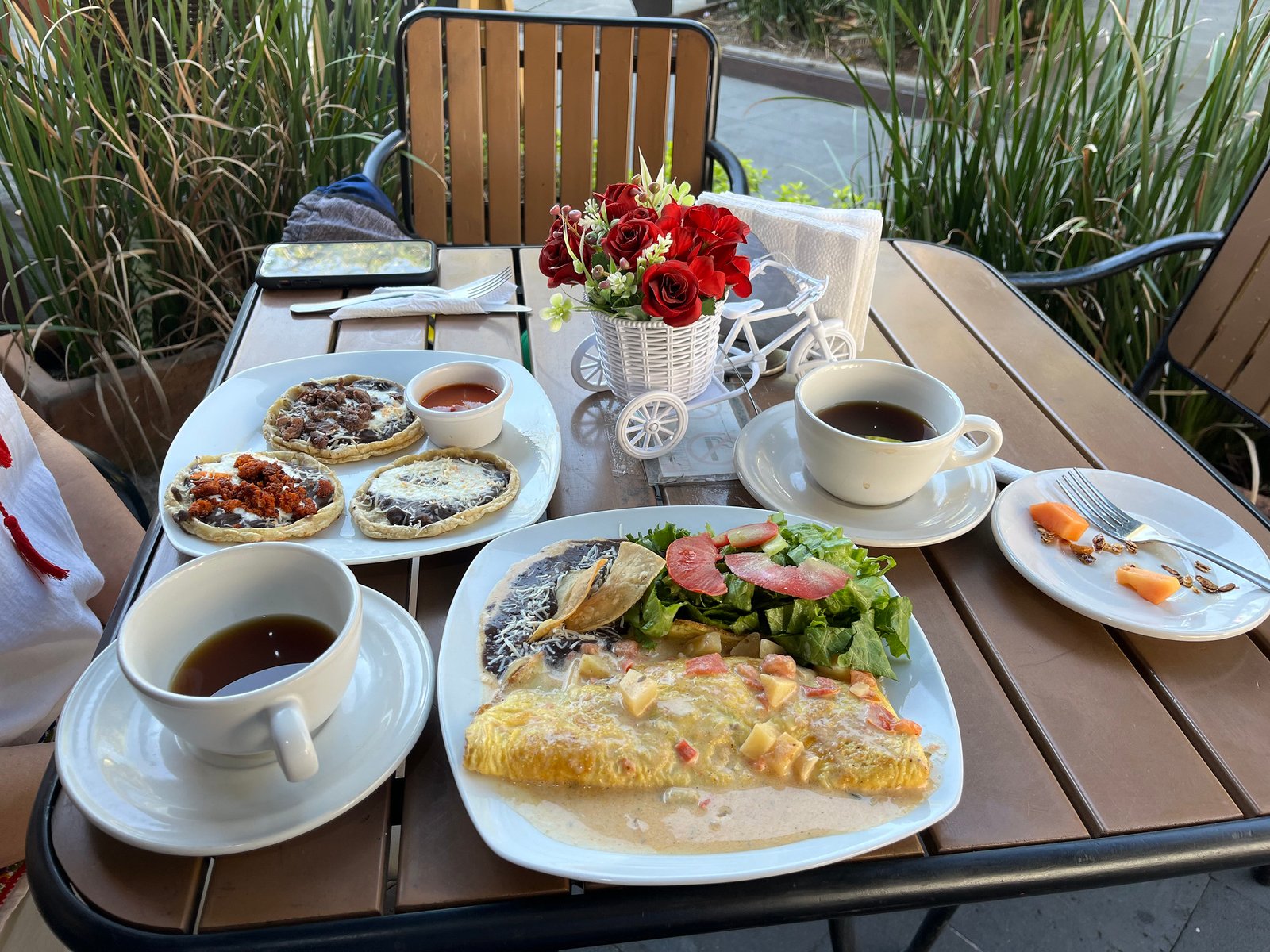
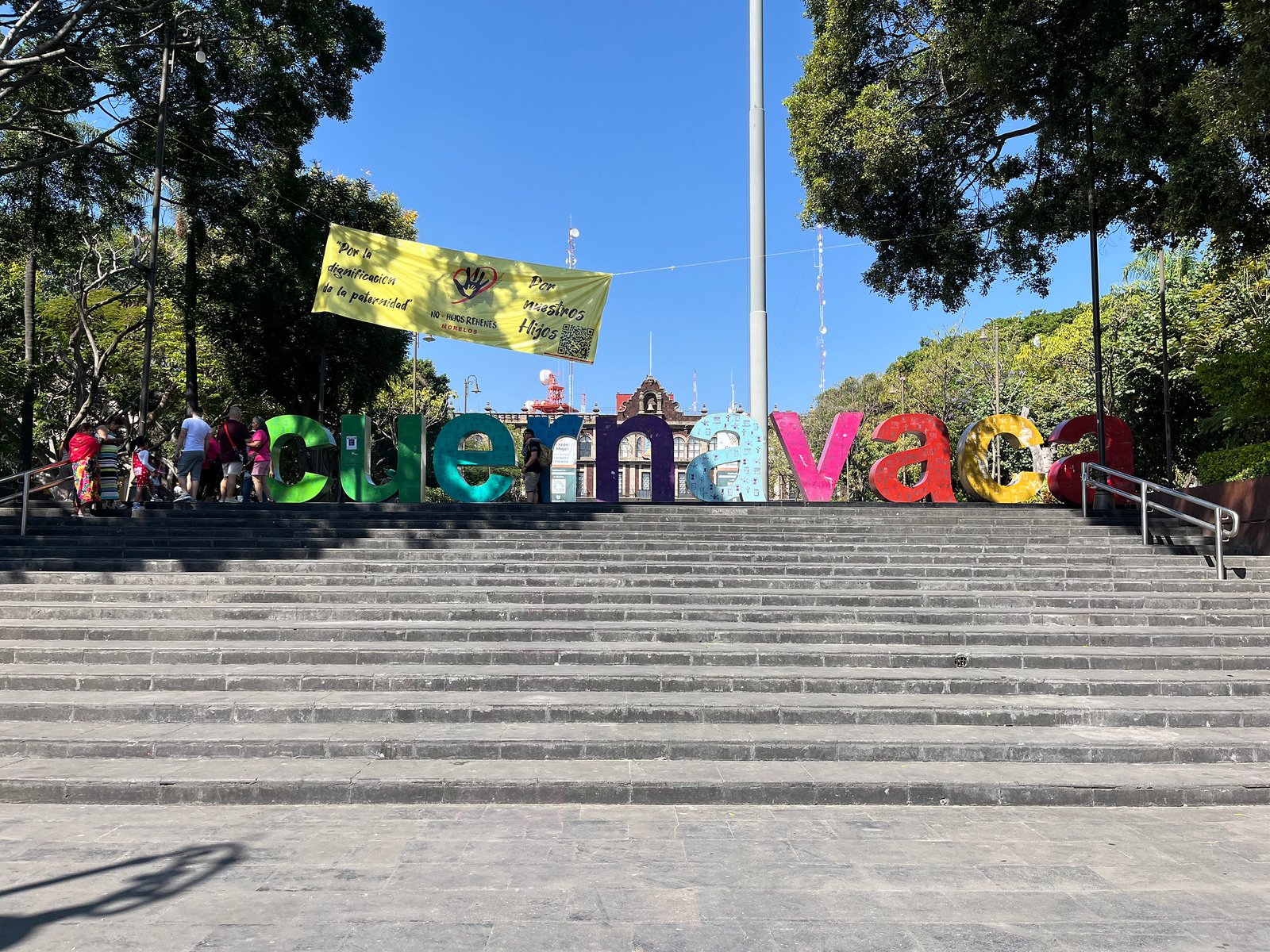
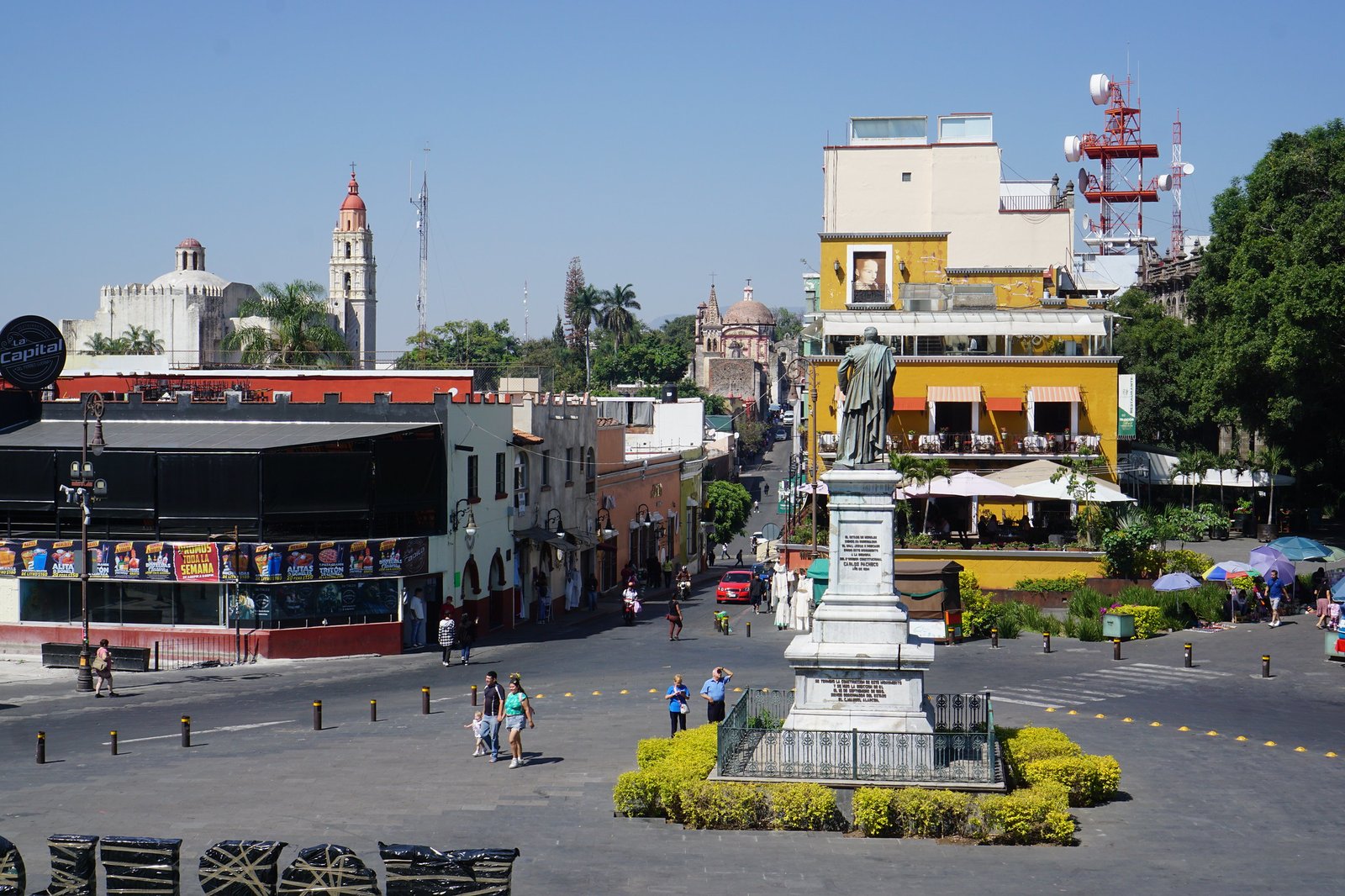
For the next hour, we wandered through the exhibits, eventually reaching the second floor, where we paused to admire Diego Rivera’s impressive murals. Slowly, we became aware of the sound of faint drums outside, getting closer and closer. Once the loud pounding became too loud to ignore, we looked out of the window, which faced the local courthouse now barricaded with temporary fencing. The commotion we heard was the beginning of a women’s march. But it was not a parade. It was a protest.
Hundreds of women flooded the streets, marching shoulder to shoulder in a show of solidarity, holding signs that condemned domestic violence, denounced police negligence, and mourned the countless women, dead or missing. The front lines were led by drummers whose rhythms guided the chants and cries that echoed through the plaza. There were no men in the crowd, whether by choice or due to the nature of the demonstration, we couldn’t tell, but their absence was notable.
As the bulk of the march passed below, we assumed the protest was winding down. But suddenly, from the far end of the street, we heard guttural screaming and saw a crowd of people wearing black and their faces covered with masks, aggressively running down the street. The last rows of the marching women abandoned formation, surged forward, and began to run towards the main square, shrieking in fear.



My first thought was that these were counter-protestors or possibly local militia, and we feared a bloody confrontation. But it quickly became clear that this group was also women, but they were not here for a peaceful protest. They moved with urgency and anger, targeting the government buildings with spray paint, rocks, and even hammers. Many wore masks and a long fabric banner was used to cover up the protestors and obscure their identities. As we stood silently by the museum windows, I caught myself holding my breath, gripped by anxiety over what was unfolding on the street below. Rocks flew. Windows shattered. Doors were kicked in. Women screaming in anger and agony. The pre-installed wooden barriers were spray-painted with slogans, bloody handprints, and eventually, some were even set on fire.
I waited for a response from law enforcement, but none came. There were no baton-wielding riot police, no tear gas, no police vehicles. We saw a few officers in the museum, looking out the windows alongside us. The only official presence we saw on the street was a medic tending to a protester and one single firefighter working to control the flames. Once the last of the protestors disappeared down the street, city workers arrived and nonchalantly cleaned up all the dropped signs and broken glass.
We left the museum in a somber mood, and throughout the rest of the day, we saw many broken windows, burnt barricades, and scattered leaflets, remnants of the manifestación of fury. Victor translated some of the leaflets and posters for me: raw expressions of grief for murdered mothers, sisters, and daughters, lists of missing women, urgent pleas for child support from absent fathers, and posters boldly naming violent men, complete with photos, warning other women to steer clear. The manifestation was now clear - it was anger and grief on scattered sheets of paper on the street, acts of defiance in the broken shards of glass, and a call for action in the battered barriers in front of government buildings.
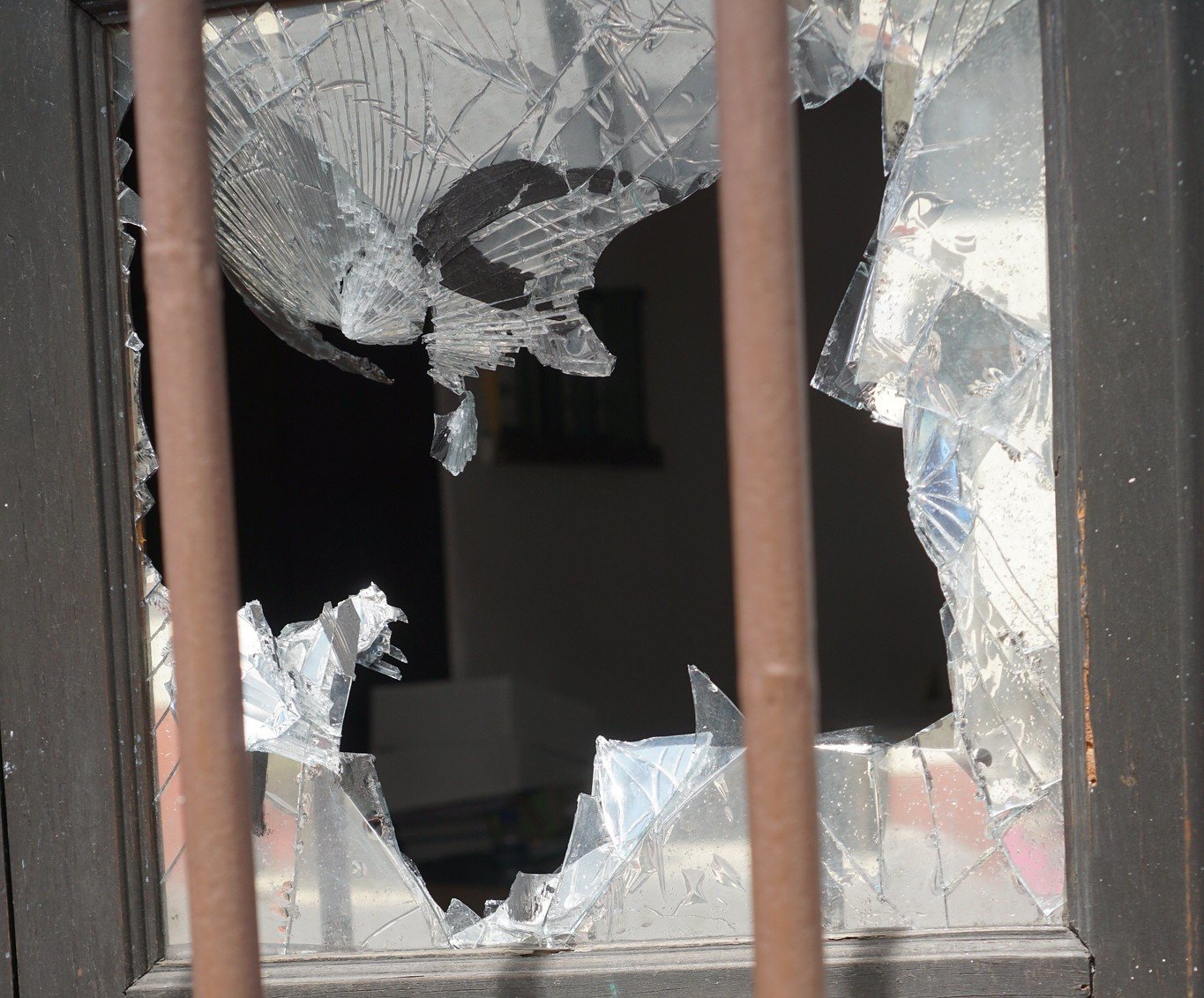
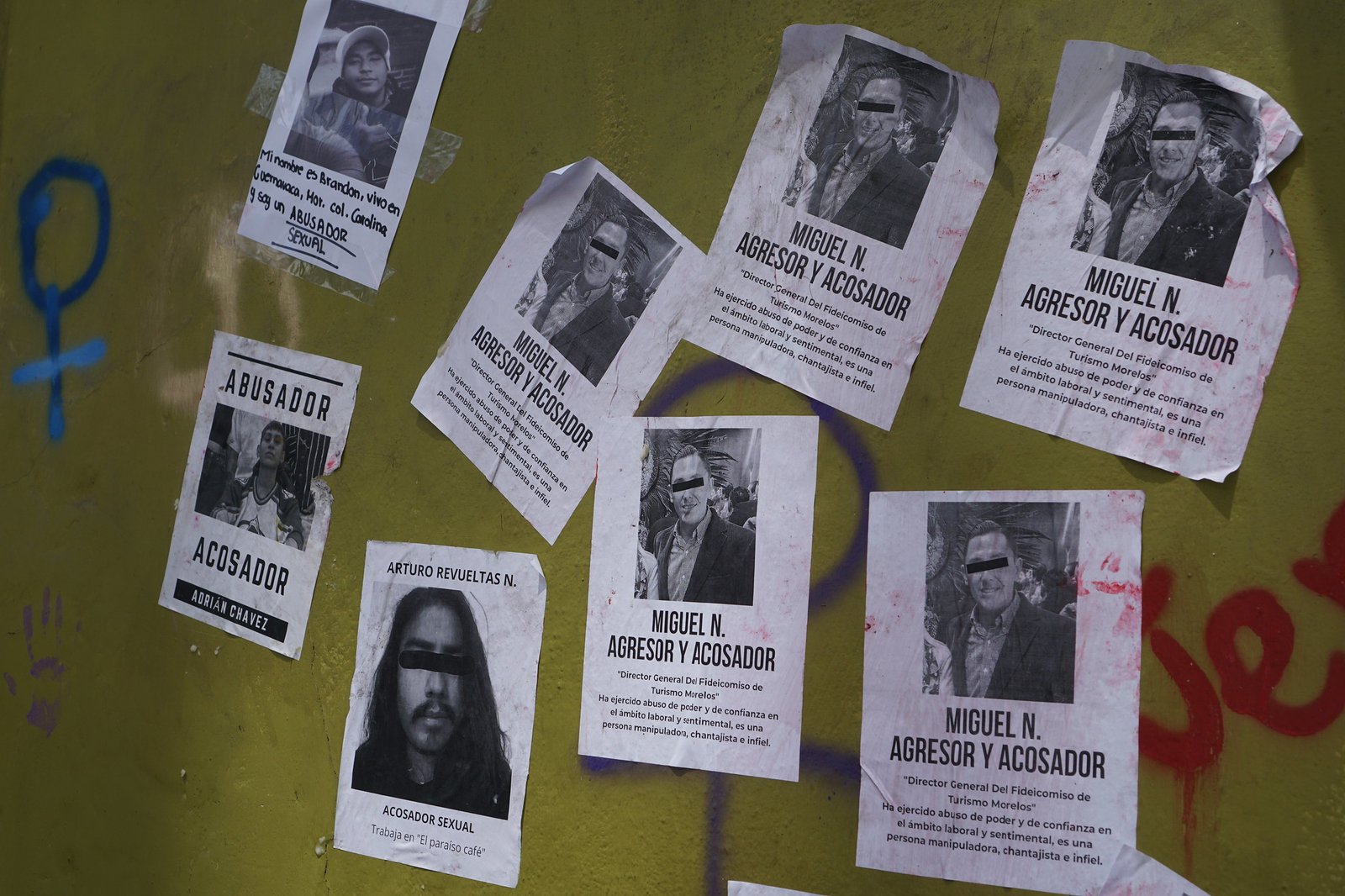
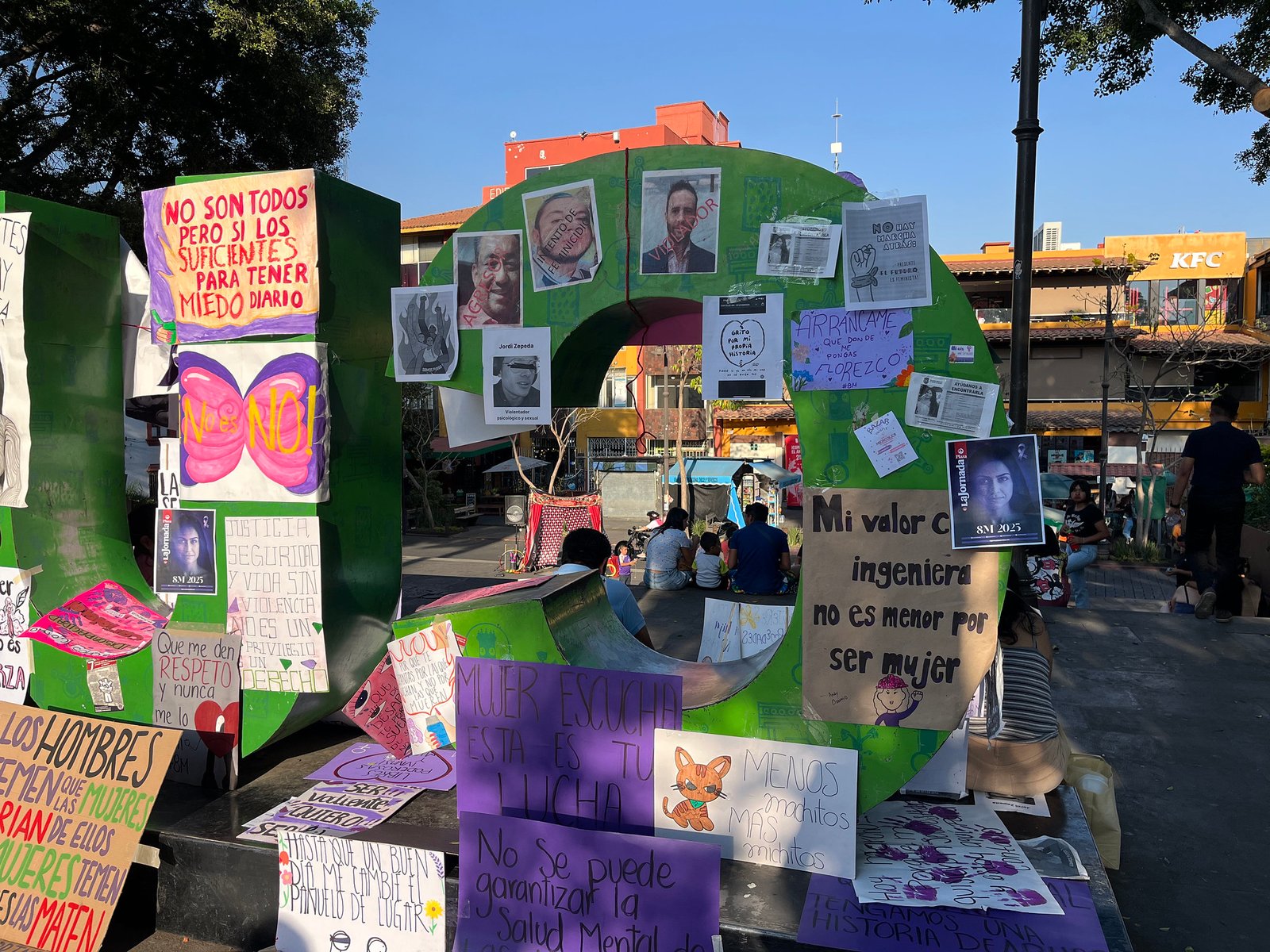
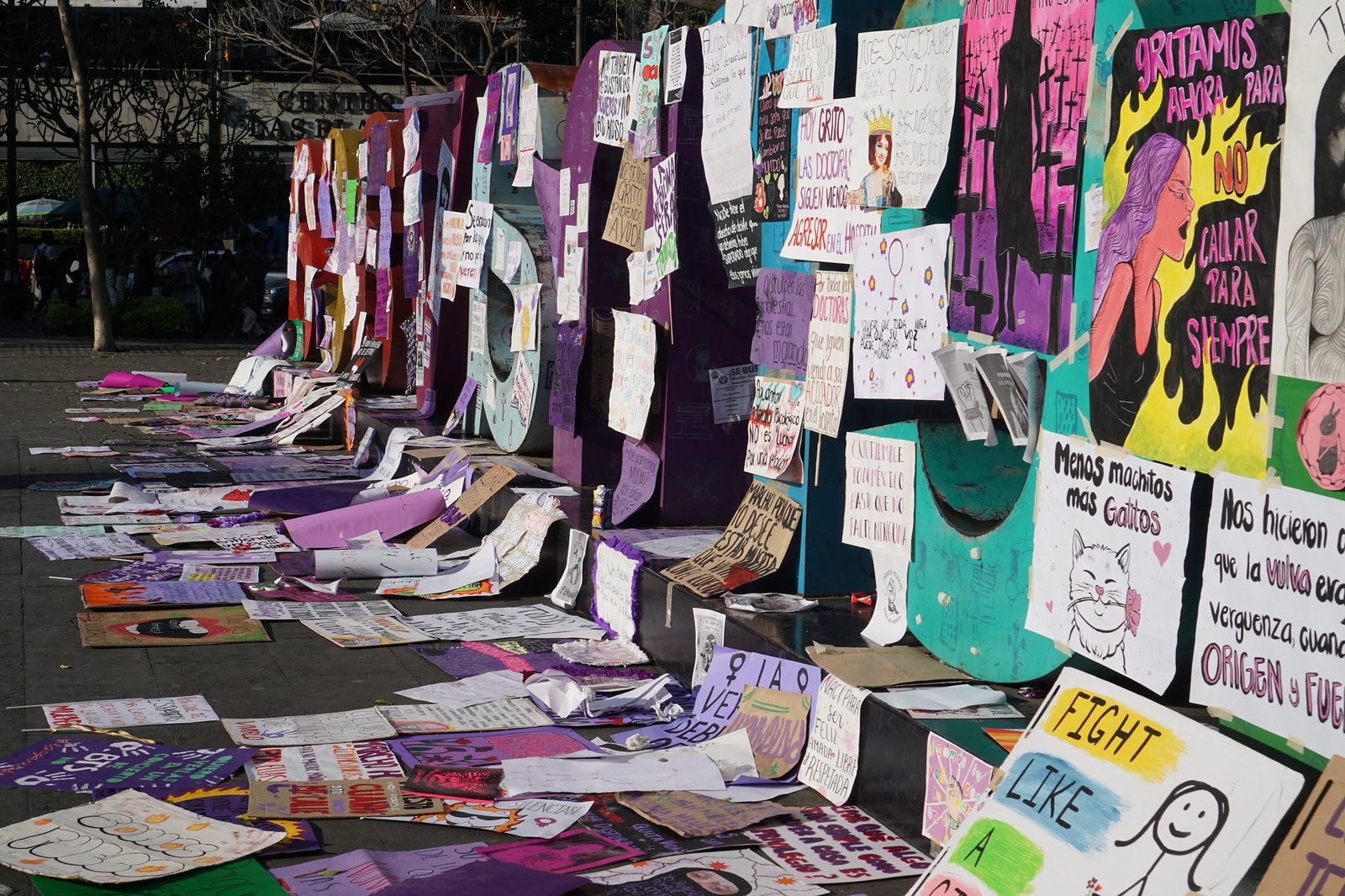
The next morning, local news reported that women had marched in 26 of Mexico’s 32 states. In three states, protests turned violent, with clashes between demonstrators and police. As we walked the streets of Cuernavaca, Victor and I discussed the cause of this outrage. Mexico has one of the highest rates of femicides in Latin America, with an ongoing epidemic of disappearances of women, and these cases are often met with silence, neglect, or ineffective investigations by the authorities. It’s a national crisis, and for many women in Mexico, March 8 isn’t just a celebration of progress, it’s a day to demand justice, safety, and equality.
In the main square, as we moved through a mix of lingering protestors and wandering tourists, I felt the crunch of paper beneath my foot and looked down. It was a simple white sheet, scrawled in bold black marker: “Ni una más” (“Not one more”). For a moment, it felt as though I had stepped into someone’s silent prayer. I closed my eyes and, for a few seconds, quietly joined the plea.

